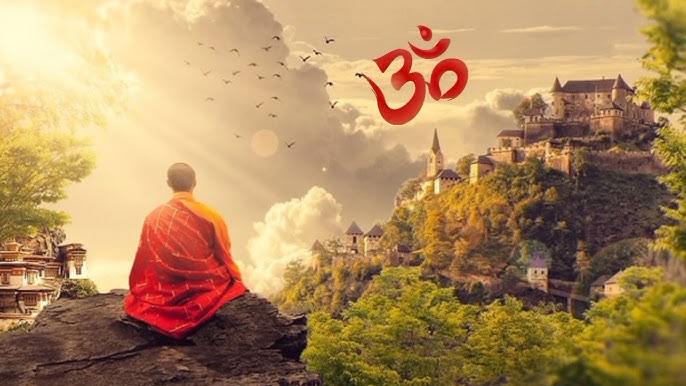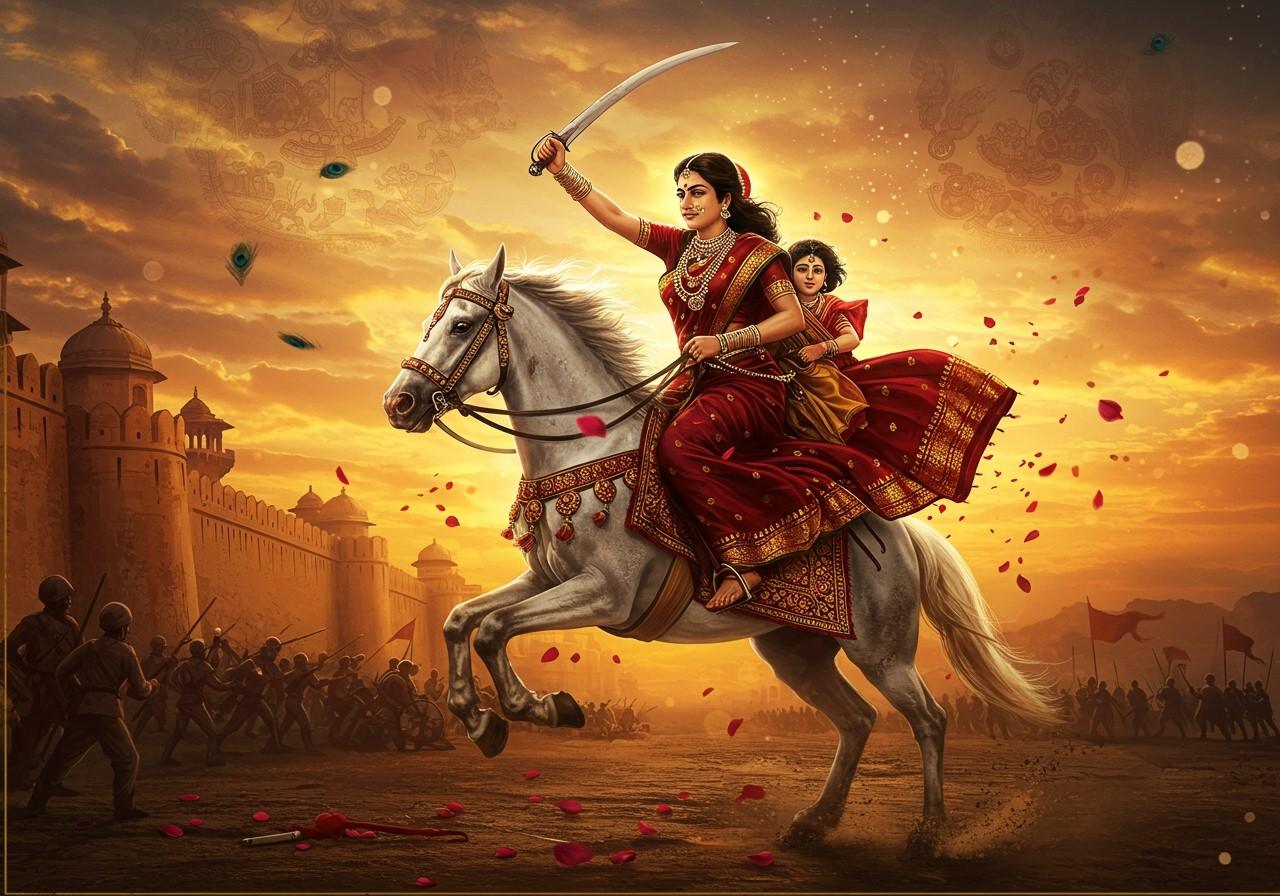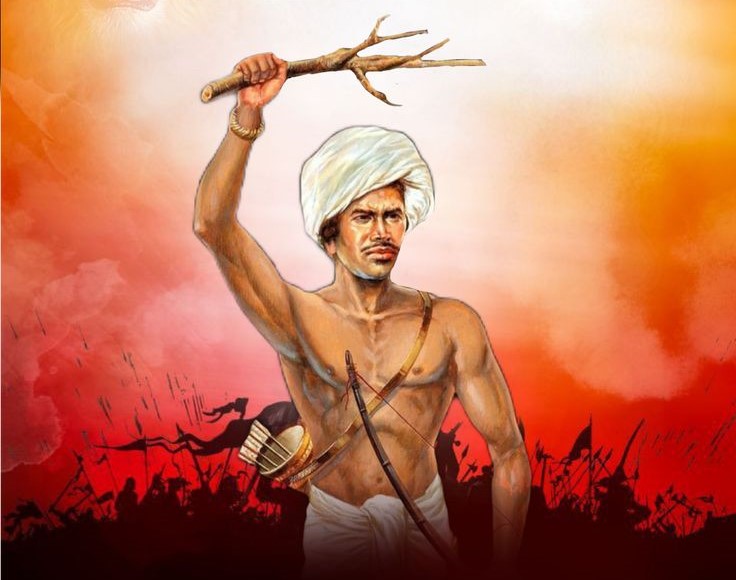By Major Surendra Mathur (Sena Medal), Retd
It is universally accepted that there was Sanatan culture throughout Europe. We are also aware that there is a special sect amongst the major sects of Europe, called the Celts. Celts are the people who migrated during time of Lord Parshuram. Lord Parshuram is called Dagda by Celts. They describe Lord Parashurama as the god with “battle axe and cauldron”. Lord Parashuram had conquered the world twenty-one times, which is mentioned in our religious texts. The details of the lands conquered by Parashuram and their locations are not available anywhere. Poets of Europe have written poems related to the victories of Lord Parshuram, where there is mention of Ireland. This day of victory is described as an auspicious day in Sanatan culture and is called Akshaya Tritiya. Lord Parshuram’s birthday also falls on this day. This victory must have been a great victory for the Aryans. The Aryans inhabited that country and perhaps that would be the reason for naming that country as Arya-land (Ireland).
When we consider the social structure of Celtic society, there are three main groups in it. They are called Bards, Ovats and Druids. This social structure system still exists. The three varna system is also prevalent in India. Due to many changes, we have never tried to focus on the analysis of the system of that time. They are known by the same names in India. Bard is known as Baradh (Barad) or Charan, or Bhat etc. These people used to be historians and poets of the king in the royal court. I would like to mention that Chandbardai (there is Bard in the word Bardai) was the royal poet of King Prithviraj Chauhan of Ajmer. It has always been a respected category in India and Europe. The second category is Ovats, pronounced as Vats. They have been in India and Europe and used to perform god worship and religious rituals. They were acknowledged as a class similar to Brahmins in India. The third category known as Druids were considered as scholars in India and Europe. In India they are called Dwij (द्विज). In Europe, they have been advisors, judges, physicians and administrative officers of the king.
The names and responsibilities of each category matches with India and Europe. Lots of hanges in the society have occurred with the passage of time. We may therefore conclude that the social structures of Bharat and Europe were same in ancient times.
Now, I come to the method of worship, performed by the Dwijs (Druids) in Europe. I have had the privilege of attending these religious rituals many times. Perfor ming religious rituals publicly by the Dwijs (Druids) is not a simple matter. There are many restrictions on them, which are practiced even today. In this article, I am going to explain the process of worship followed by them. It perfectly matches with Sanatan culture. The location used to be chosen at the faith centers, which were located in the forests from the mythological times, preferably in the clumps of Oak trees. Their ashrams had always been, in the clumps of oak trees. The most important worship days of Dwijs (Druids) are Purnima (Full Moon) or Amavasya (Dark Moon).
Firstly, special attention is given to the cleanliness of the place of worship. Arrangements of worship are made. A fire pot is placed in the middle of the place of worship. At some places, crossed Stone are placed in the middle and a fire pot is placed over them. Material of worship is placed on stones. Lamps or candles are placed in eight directions at a distance of about ten feet from the fire vessel. These represent eight directions. Havan material in which herbs, wood, incense lights, matchsticks, fruits and flowers, water, wine bottle, beet juice, daggers etc. were kept near the fire vessel. Wine, drinking cups, bird wings, ashram flag, Dhapli (Tambourine) on which the insignia of the ashram was inscribed, animal horn, reindeer horn, tiger etc. were placed. Among the Gods and Goddesses, the local deity, the Sun God and the Kachhap Devta (Kurma Avatar) symbolisms were placed.
This puja was performed after the sun set. This decision was taken keeping in mind the current circumstances there. Some prominent people and chief priests were in their traditional costumes. We and others were in nor mal costumes. Before reaching, the disciples had made all the arrangements. On arrival, a disciple welcomed us and purified everyone with the smoke of incense. All lamps were lit. Havan material was placed in the fire vessel. Everyone was introduced first, especially those Hindus who had gone with me for the rituals. After purification, all the people stood around the fire vessel in a circular formation. Some of the disciples had a drum in their hands and started playing them. The Chief Dwij (Druid) Guru started preparing for the Havan. He offered some herbs to the fire. He took water vessel and sprinkled water in all directions. He then took the lit candle in four directions and chanted mantras. He returned back in the middle and asked everyone to invite their gods to come. He then asked everyone, the name of their deity. After that, he requested everyone to invite their ancestors. The Dwij (Druid) Guru offered wine to the gods on stones from a bottle placed there. Then, in turn, urged everyone to come and offer wine or beet juice. I asked what the process was. I was told that animal sacrifice was practiced during the mythological period. In the present circumstances only beet juice or wine can be offered. I remember Sheela Mata in Amer Fort in Jaipur, my city, offering Rum on Navratri Foundation Day and animal sacrifice practices in many places. After this process, everyone was called upon to take the orbit of fire. People started playing Dhapli (Drum) again. The Dwij (Druid) Guru was at the forefront with the flag of his grove. After going around twice, they stopped and we all stood in a circular formation. He asked everyone to pronounce the letter “A” loudly. We all did the same. The circuit started again and all stopped after two more rounds. This time he asked to pronounce the “U” letter out loudly. We all did the same. Now revolved once again twice and stopped. This time he asked all to pronounce the letter “M”. Everyone did the same. After taking another round of the fire, the ritual of the Circumambulation was completed seven times.
It was an amazing process. Everything was meeting the Sanatan culture. If you think carefully, mixing the three letters makes A + U + M = Om. No one knows how old this practice is. Would this have been the practice in mythological times? What is the process and importance of pronouncing the three letters differently? Today we pronounce Om by adding all three letters. All this is a subject of in-depth study and research. In our Yantra also, it is customary to write all three letters separately. The entire religious ceremony was in sync with Sanatan culture. Offering pooja material, havan kunda in the center and lamps in eight directions, and worshiping the deities of the ten directions, including the sky, showing similarities to the Sanatan culture as a whole. Kachchap (Kurma Avtar), by placing emblem, as well as of other deities, shows worship to all of them. * Symbol of Tridev and Trilokya: The word ॐ is composed of three sounds A, U, M. The meaning of these three sounds also comes in the Upanishads. It is also a symbol of Brahma, Vishnu and Maheshwar and it is a symbol of bholoka, bhuva-loka and heaven-loka.






